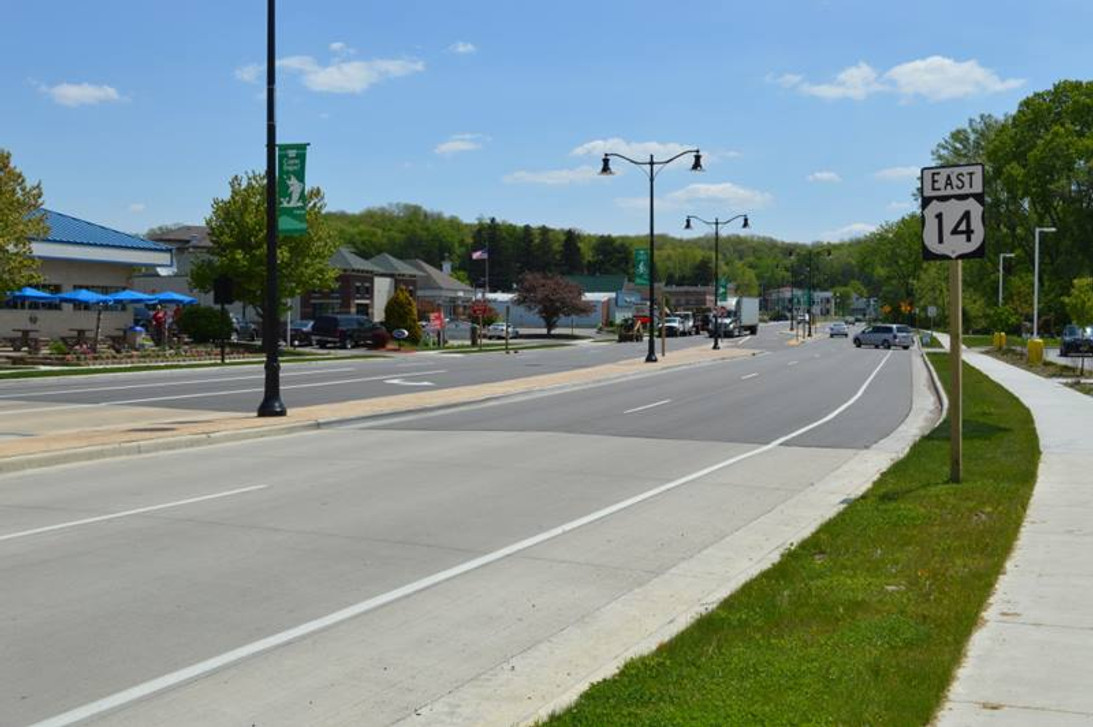Climate change is creating environment and health hazards especially for those living in cities. Extreme heat creates heat islands in cities. This happens because structures such as buildings and roads absorb and re-emit the sun's heat more than natural landscapes do. This creates "islands" of higher temperatures. Dark pavement such as asphalt is a major contributor to this phenomenon as it absorbs up to 95% of sunlight. Daytime temperatures in urban areas are up to 7 degrees warmer than outlying areas; night-time temperatures can be up to 5 degrees higher.
Concrete is a cooler, lighter, more reflective surface that will help in reducing outside air temperatures. Lower temperatures reduce heat-related illnesses and slow the formation of smog. Lower outside temperatures also allow air conditioners to cool using less energy which reduces greenhouse gas emissions and pollution from power plants.
Concrete roads reduce excess fuel consumption. The EPA predicts if all urban and rural roads in the US were converted to concrete reflective pavement, it would reduce CO2 emissions equivalent to removing 7.4 million or roughly 7% of passenger vehicles from the roads nationwide. For more information On environmentally safe products visit www.SealGreen.com

